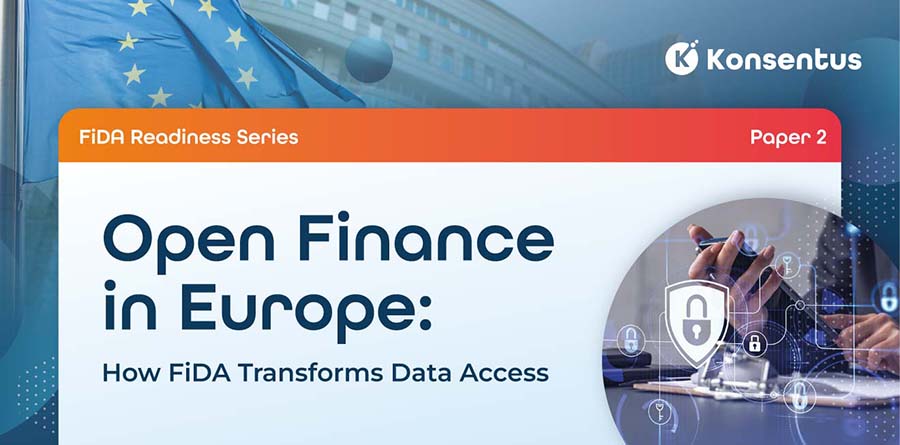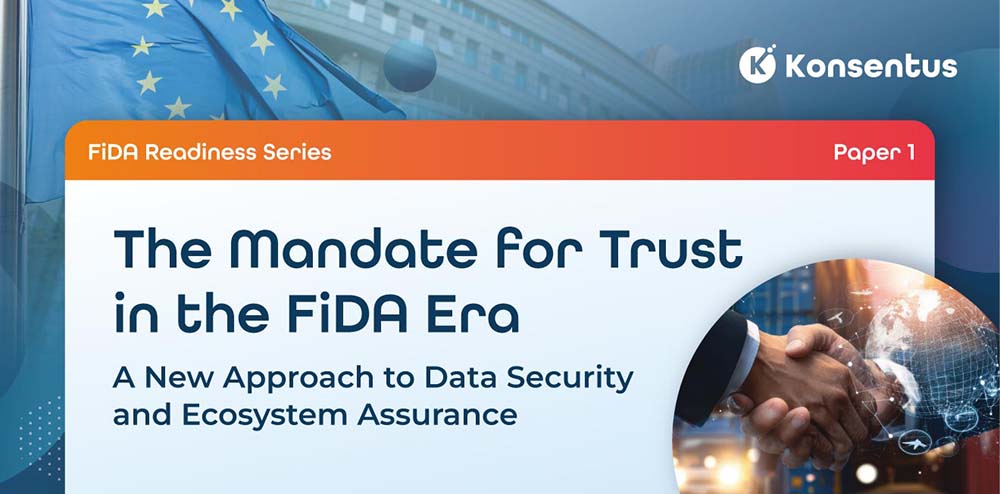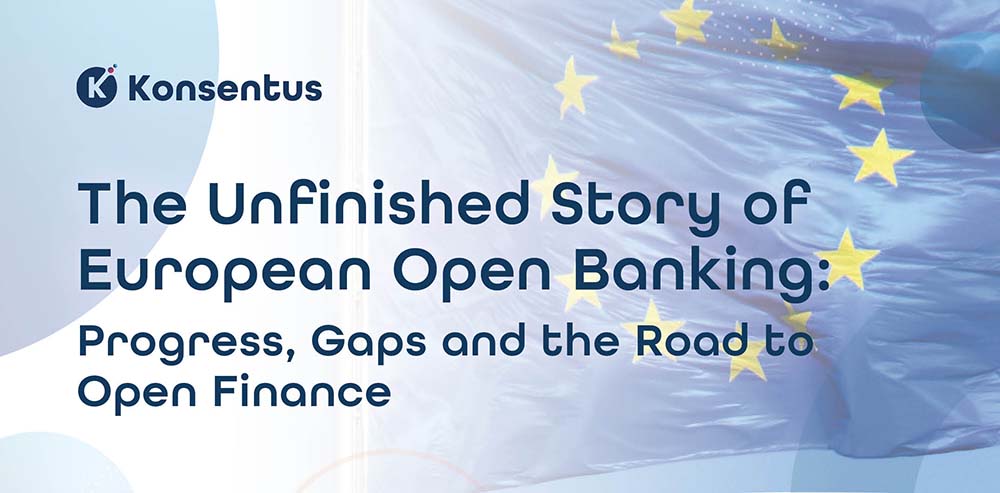As the European Open Banking industry matures, new challenges arise. One of those is the PSD2 Qualified Certificate renewal. To help face this challenge, Open Banking Europe has created a set of best practices, as suggested by our stakeholders.
PSD2 Qualified Certificates are a crucial instrument to identify TPPs securely and effectively, as they mitigate risks and make Open Banking smoother and safer.
PSD2 Qualified Certificates are valid for two years, meaning that the renewal process is already underway for multiple TPPs. The renewal process can be complex and should be conducted with caution and cooperation.
The Challenges of eIDAS Renewal
 |  | |
Renewal Logistics Some TPPs will have to renew their certificates with dozens of banks simultaneously. | Technical Limitations Some ASPSPs only allow TPPs to onboard once, with one certificate at a time. | Authorisation Numbers The earlier certificates may reflect legacy issues around the authorisation numbers. |
How Can TPPs Face the eIDAS Renewal Challenges?
Anticipate For a smooth and effective certificate renewal process, planning and anticipation are crucial for TPPs. | Contact The communication channels made available by ASPSPs allow the TPPs to clarify doubts and reduce friction. | Test Some ASPSPs allow TPPs to test the validity of their certificates before onboarding to their services. |
How Can ASPSPs Face the eIDAS Renewal Challenges?
Communicate ASPSPs should set clear communication channels to enable TPPs to report eIDAS renewal issues. | Inform ASPSPs should inform the TPPs of the services that are available to ensure an efficient renewal. | Educate ASPSPs should have in place procedures and guides for the TPPs to follow and facilitate a smooth renewal. |
This content was originally published by Open Banking Exchange in July 2022. Open Banking Exchange advisory and consultancy services are now being provided by Konsentus. This content is therefore now available for visitors to the Konsentus website.





